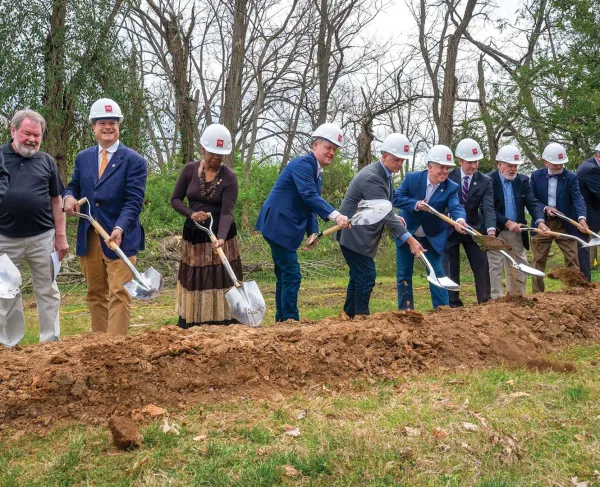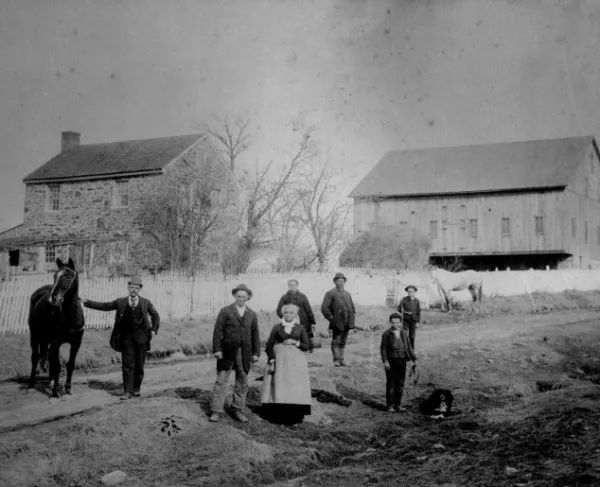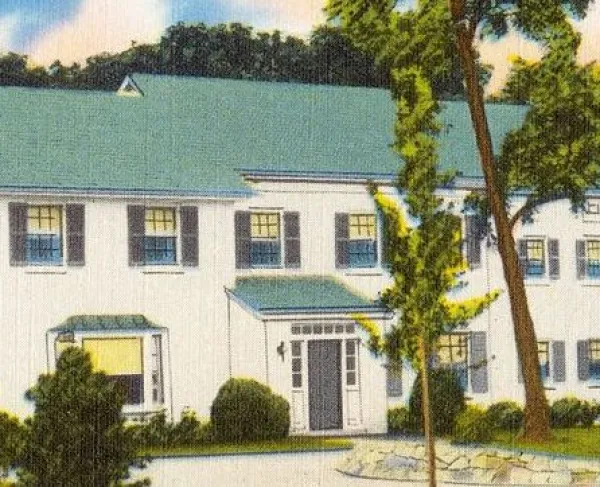The Tales of Gettysburg
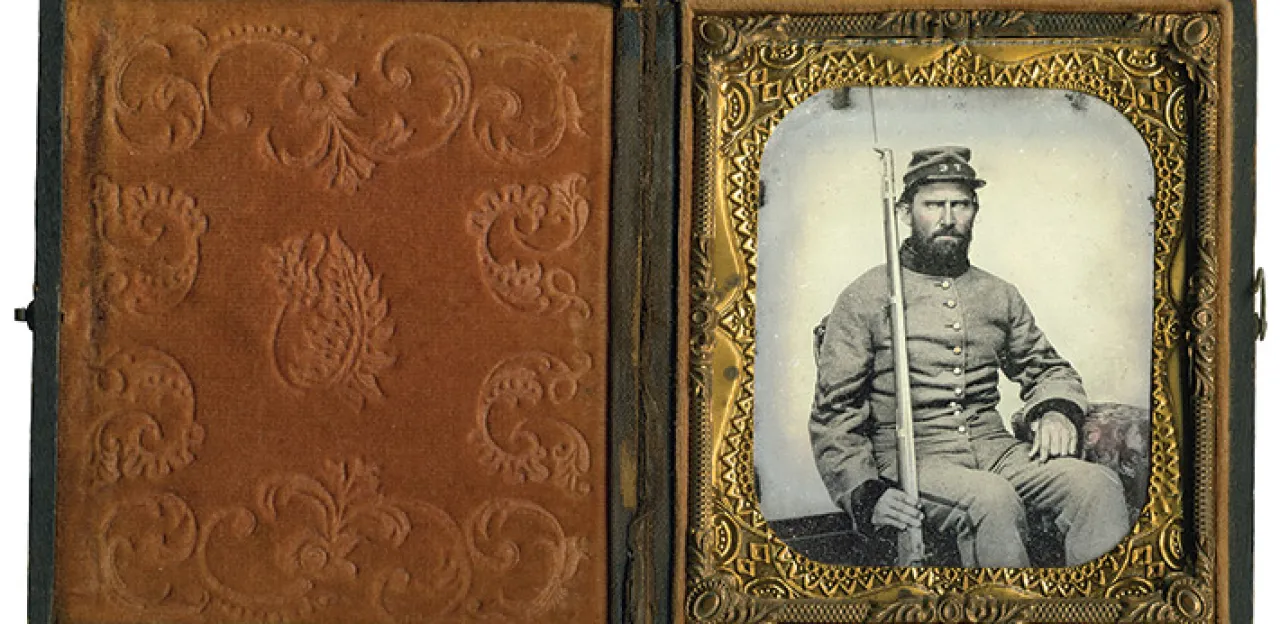
With this issue of Hallowed Ground, the Civil War Trust is proud to announce an ongoing partnership with Military Images Magazine, a publication dedicated to showcasing the faces — and stories — of individual American soldiers and sailors.
Showcasing and interpreting these images, and sharing the personal struggles of the me and women behind them, are vital to ensuring that future generations know and appreciate the all that was done in the name of establishing and protecting our country’s freedoms. Their sacrifices are what hallowed the ground of the battlefields the Civil War Trust seeks to save. These images, selected by Military Images editor Ron Coddington, tell personal tales of the battle of Gettysburg, where Trust members will gather in June for the 2016 Annual Conference.
Quarterly since 1979, Military Images has shared early examples of vernacular military photography from private and public collections, alongside insightful interpretive articles. Learn more at www.militaryimagesmagazine.com.
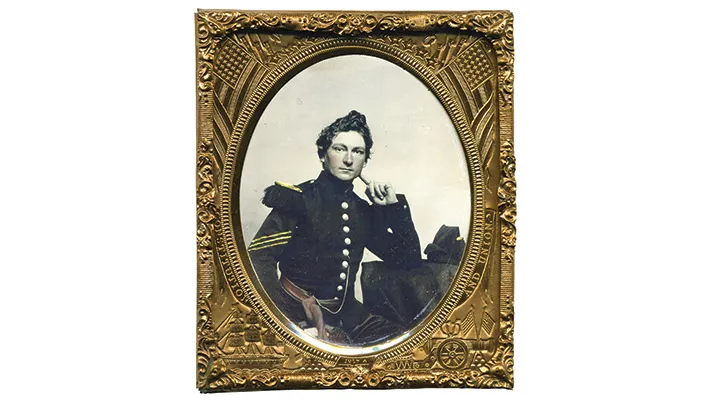
Death in Trostle’s Woods
Stray shots peppered the officers and men of the 62nd Pennsylvania Infantry as they took up a position in the southern portion of Trostle’s Woods, immediately north of the Peach Orchard, at Gettysburg on July 3, 1863. Some of the bullets struck with deadly accuracy, and among the victims was 1st Lt. Scott C. McDowell. A native of County Tyrone, Ireland, McDowell landed in America as a boy with his widowed mother, Annie, during the height of Ireland’s Great Famine. They settled in Pittsburgh. His death deprived Annie of her sole source of income, and she received a pension from the federal government to compensate for the loss of her son. McDowell is pictured dressed in the Chausseur-style uniform of the regiment. He ranked as a sergeant in Company G at his enlistment in the summer of 1861.
Wounded and Captured During Pickett’s Charge
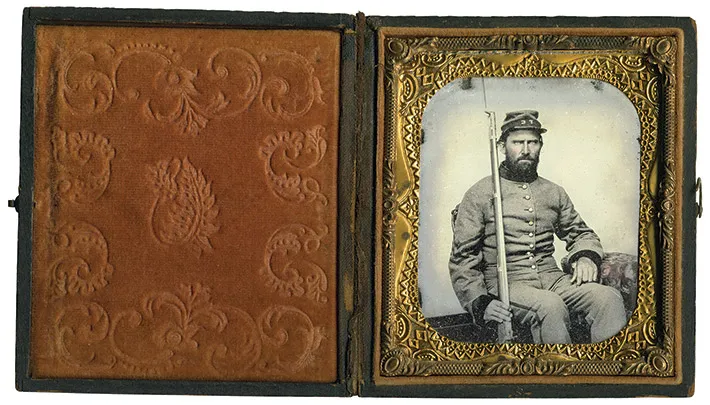
The long list of casualties from the storm of musket and artillery fire that devastated Confederate Maj. Gen. George E. Pickett’s division at the Battle of Gettysburg included Zachariah Angel Blanton. A tobacconist from Cumberland County, Va., Blanton enlisted as a sergeant in the Farmville Guards less than two weeks after the bombardment of Fort Sumter. He sat for this portrait wearing a cap with the metal letters “FG” and armed with a Model 1816 conversion musket. The Guards became Company F of the 18th Virginia Infantry. Before the end of his first year in uniform, Blanton traded his sergeant’s chevrons for the insignia of a first lieutenant. In 1862, he advanced to captain and company commander. Blanton fought in this capacity at Gettysburg. During Pickett’s Charge, he suffered a gunshot wound that caused massive damage to the right side of his face — a significant section of his upper jaw was destroyed and his tongue severely injured. Captured on the field of battle, he spent the next 10 months as a prisoner of war at Johnson’s Island, Ohio, and elsewhere. Blanton was exchanged in mid-1864, and retired from the service on account of his wounds. He returned to his occupation, married in 1868 and started a family that grew to include three children. He died in 1893.
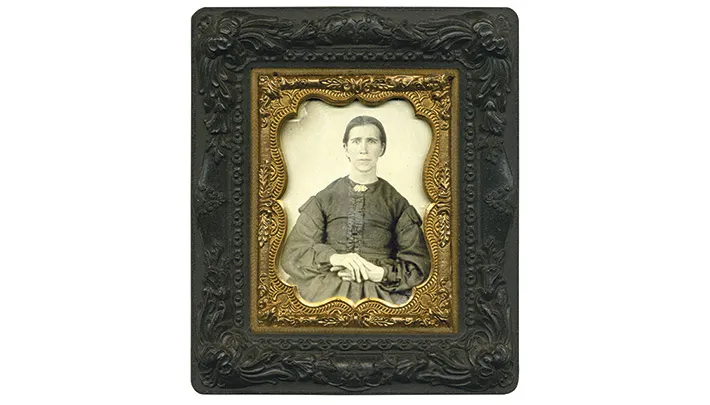
Confederate Wounded Grateful for Northern Nurses
Harriet A. “Hattie” Dada (later Emens) planned to lead a missionary life serving Native Americans. She had just completed a memorable stint with the Choctaw people in Indian Territory when the Civil War erupted. Dada immediately volunteered for the war effort and arrived in Washington shortly after the Union debacle at First Manassas. She found Dorothea Dix, superintendent of army nurses, and offered her services. Dada later recalled, “The only question Miss Dix asked, was, ‘Are you ready to work?’ and added, ‘You are needed in Alexandria.’” Dada was soon engaged at the military hospital in Alexandria, Va. Thus began four years of caring for Union soldiers at hospitals in Winchester and Harper’s Ferry, Va., Gettysburg, Pa., Murfreesboro and Chattanooga, Tenn., and elsewhere.
Dada described the situation at Gettysburg after she reported for duty to the XII Corps on July 8, 1863:
The hospital of the Twelfth Army Corps was at a farm-house. The house and barns were filled with wounded, and tents were all around, crowded with sufferers, among whom were many wounded rebel prisoners, who were almost overwhelmed with astonishment and gratitude to find that northern ladies would extend to them the same care as to the soldiers of their own army.”
Dada preferred work on the battlefield, “where the real comfort of the sick and wounded was the chief concern of those in charge of them,” to the “red tape” of city hospitals, as she confessed in the National Tribune for her 1884 series, “Ministering Angels,” about the Civil War nursing experience. After the war, Dada enrolled in the Women’s Medical College of New York, where she studied to become a full-time physician. She married Peter Emens in 1873 and practiced medicine well into her 60s. She died at age 74 in 1909.
We're on the verge of a moment that will define the future of battlefield preservation. With your help, we can save over 1,000 acres of critical Civil...
Related Battles
23,049
28,063
